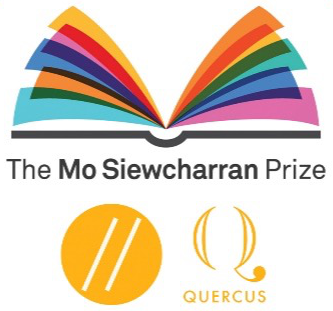‘Settings can determine your characters’ chances of happiness and success’
The importance of settings to believable characters
from Developing Characters by Irving Weinman
Settings as sources of character are particularly significant when the setting is historical. One way of understanding what’s involved is to think of the fiction that actually comes from the past. Jane Austen’s settings, for instance, determine her heroines’ chances of happiness and success within the particular early nineteenth-century English, semi-rural middle- and upper-middle-class families that can provide wives for local grandees – the squires and minor aristocrats who will settle down in marriage on their comfortable estates.
The heroines’ chances for such happy endings occur within a convention of visits, teas, dinners and dances, with the occasional unplanned encounter while walking or riding in town or country to enliven and complicate plot. Even when money is short and the heroines’ villa, grange or large farmhouse must be left for a fairly, but not very, humble cottage, these young women’s good sense and good taste will lend the dwelling enough charm so that the convention of visiting will continue to bring them into contact with potential life partners.
While the Austen heroine is typically part of these social conventions by birth and upbringing (‘breeding’), she can also see through their superficiality. Her intelligence and sensitivity can make her uncomfortably out of place, and her hatred of unkindness can lead her to the wrong conclusions about people, men in particular, the path out from confusion becoming the plotline of the novel.
This influence of particular social setting as a character ‘source’ is really another way of thinking about the character as influenced and developed, but not entirely determined, by the time and place of the setting.
An even more stringent historical determinant is fiction centred on real people. Hilary Mantel’s novels about Thomas Cromwell are clear examples. The problem is obvious: how does the writer stick with the historical reality and yet create a character? First, she must not contradict the known facts of the character, including his physical appearance, while creating his thoughts, reflections, hopes, dreams – his inner life, a life which is not known – and while creating his particular actions and reactions, dialogue and his accompanying emotions – his outer life. Second, such facts and acts of his life that are known and that she chooses to include must be accurate enough to the historical record to appear plausible and, even if given a non-standard emphasis, must be read as representing a version of the historical record. Finally, she must make the character interesting, and even if he is monstrous – and Cromwell was – his courage and craft, his sense of humour and genuine love of scholarship, his hard work, his generosity and his warmth within his family must also hold the stage to develop this most complex yes-man and hatchet man.
The writer doesn’t have to go back to Tudor or Regency England for historical sources of character. Even a book so seemingly timeless as Cormac McCarthy’s All the Pretty Horses, a rite-of-passage or coming-of-age novel, is very time-specific. Set in 1949, John Grady Cole is the 16-year-old, last-of-the line descendant of Texas ranchers whose values are alien to the changing America around him. So he rides out over the border, in search of the simpler, more natural land and lifestyle he imagines in Mexico. But the Mexico he finds also has telephones and cars and trucks and wealthy landowners who won’t have a Yanqui nobody courting their beloved daughter. The historical setting turns out to mark a final disappearance of the dream of open land and life yearned for by the boy-man. Set half a generation later, the story would be impossible. It is, as much as anything, a novel of disappearances.





